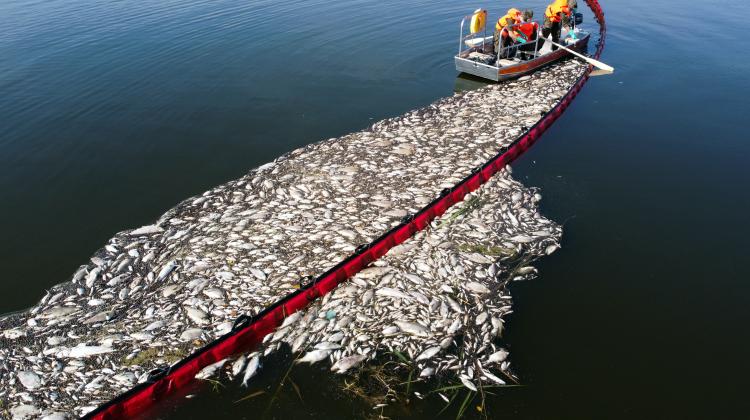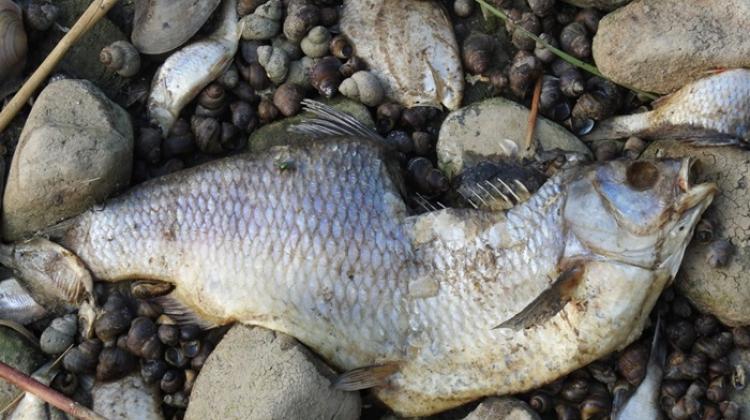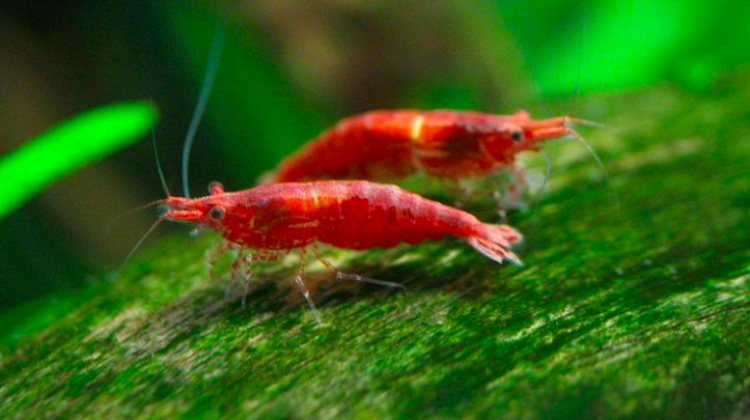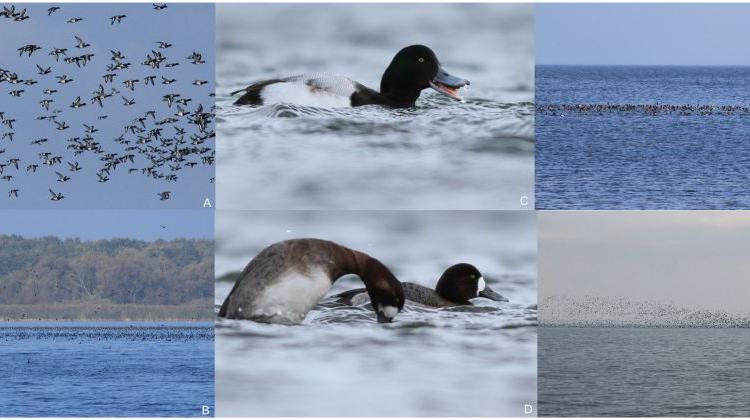Professional monitoring of animal mortality would help to determine Oder contamination faster, says scientist
 14.08.2022. Clearing dead fish with a flexible dam on the Oder in Widuchowa. PAP/Marcin Bielecki
14.08.2022. Clearing dead fish with a flexible dam on the Oder in Widuchowa. PAP/Marcin Bielecki
According to Dr. Michał Żmihorski, director of the Mammal Research Institute of the Polish Academy of Sciences in Białowieża, monitoring of animal mortality in the Oder, as well as a professional methodology, would make it possible to determine the contamination mechanism faster and minimize its effects more efficiently.
He added that we should also assume that the substance that contaminates the river penetrates the neighbouring ecosystems from the current.
Żmihorski told PAP that the Oder contamination 'is not a local problem that only concerns the river or death of fish.’ In his opinion, the scenario 'in which a substance affecting fish has great potential for +leaving+ the river current should be considered by the authorities and services responsible for the environment'.
When talking about the ecological context of contamination of the Oder, he said that the cause of the problem remains unknown. “Depending on which substances are present in the water, the long and short-term ecological consequences will be drastically different. Because a substance may kill fish and not remain in the water for a long time - or it may causes contamination for years,” he said.
The mayor of Wrocław Jacek Sutryk informed that the results of water tests taken from Wrocław park ponds and water bodies did contain mercury. The presence of mercury was not confirmed by the study of water samples from the border Oder on the Polish side in the Lubusz province, conducted continuously from August 10 by the Central Research Laboratory of the Chief Inspectorate Of Environmental Protection. The Minister of Climate and Environment Anna Moskwa announced testing water samples from the Oder for 300 potential substances.
Dr. Michał Żmihorski said that the chemical compound contaminating water gets from the river to the environment, because dead fish are included in the trophic (food - PAP) network. He added that many species of birds, e.g. cormorants, seagulls or birds of prey, are associated with the Oder and its resources (including fish). “We also have a rich mammalian fauna feeding on dead fish: otters, minks, polecats, raccoon dogs and raccoons, as well as foxes and wild boars that feed near the river. They are mobile animals whose territories are not limited to the river valleys. If they later die as a result of poisoning, the chemicals present in their bodies penetrate new places,” he said.
The ecologist added that many species take the opportunity and eat dead fish. “They do not have warning mechanisms like: Warning! It can be a poison! That's why birds of prey - white-tailed eagles, kites and buzzards - often get poisoned. Some people harm them intentionally by leaving poisoned carrion,” he said.
Considering the unknown cause of the Oder contamination, is it possible to discourage birds from eating dead fish?
Żmihorski said: “The spatial scale of this problem is so huge that we are unable to do anything. A significant part of these fish will be eaten by predators.
“Hunters eat some of them themselves, they sell some, which is why you can order venison in restaurants and buy wild boar sausage in stores. If we do not know which chemical agent is present in the Oder, I think that one of the elements of reasonable disaster management should be a limitation of the hunting acquisition of these animals. Until we verify whether this contamination is dangerous for people in the long run.”
Dr. Żmihorski spent many years on the Lower Oder, conducting part of his research there. He said: “I know the Lower Oder. The river valley is very wide there, reaching 1-2 kilometres in places. There are oxbow lakes periodically supplied by flood waters, which in dry time become lakes without outflow. The area is home to an amazing set of valuable and interesting bird species: various ducks, birds of prey, rails, plovers, owls, sparrow species associated with reeds, gulls and terns. It is difficult to say how threatened they are - but what is happening now has the potential to affect many of these species.”
The scientist added that not only dead fish are spotted in the water - there are also reports of dead snails. He said: “We don't really know the situation of water invertebrates such as beetles or dragonfly larvae. These small floating and bottom-dwelling organisms are the basis of the diet of some bird species. Depending on whether these groups have also been affected, the problem may also affect animals, including various species of birds.
“Fortunately, we are at the end of the breeding season and some species, e.g. plovers, have already started their migrations. The young in the nests are not threatened because they have already left.”
He added, however, that there are now large flocks of wandering birds in the Oder Valley. 'Many of them eat invertebrates fished out of the bottom or shallow waters. If these invertebrates have as a result of poisoning, I assume that many species of wandering birds may now suffer from a lack of food,” he said.
Żmihorski and other scientists interested in the scale and effects of the contamination of the Oder have also noticed a lack of professional monitoring of the biological situation. He said: “We mainly receive media reports that someone has seen a dead beaver somewhere, and that the services are trying to locate and examine it.
“We do not use the achievements of science to properly manage this disaster. I do not know any professional monitoring system of increase vertebrate mortality in and near the Oder Valley. Does anyone monitor it? And if so, do they use professional, systematic methodology that enables statistical modelling and extrapolation?.”
According to the scientist, in the assessment of the situation, regular or random sampling of the river valley is necessary to determine, for example, how many fish were killed, where, which species are dying and which are not, whether they are large or small individuals. As for the birds, whether carnivorous, typically fish-eating species - or herbivores ones have been affected. It would also be a good idea to go beyond the river current.
He said: “We do not know what is happening in adjacent oxbow lakes, in non-outflow cavities, where there is also water and fish - does the harmful agent also penetrate them? These questions come to mind first. I do not find answers to them by following reports of the services theoretically responsible for the condition of the environment.”
He continued saying that such monitoring “would enable us to learn as quickly as possible what the contamination mechanism is, what its ecological effects are and how to minimize them as soon as possible. In this area, we could be doing much more and faster than today.
“Not knowing all this, we are doomed to very limited inference.”
PAP - Science in Poland, Anna Ślązak
zan/ agt/ kap/
tr. RL
Przed dodaniem komentarza prosimy o zapoznanie z Regulaminem forum serwisu Nauka w Polsce.


















